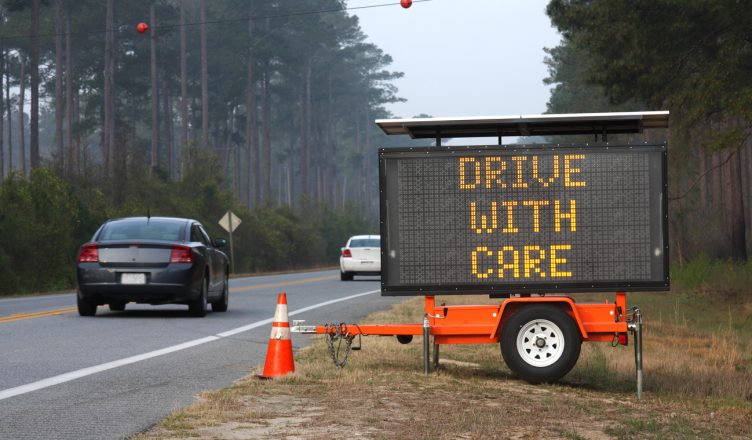According to the Federal Motor Carrier Safety Administration, around 88% of vehicle collisions are caused by unsafe actions taken by drivers. Accidents happen, but through proactive training and monitoring, you can significantly lower the odds of them happening.
How effective is your training program? Are you taking advantage of all the driver education tools that are available to you? In this article, we’ll show you how to implement three training tools that will improve the safety of your fleet.
Table of Contents
#1 GPS Tracking
It doesn’t matter what you tell your field team members to do – if you can’t see what they’re doing, you won’t know if they’re following safe driving practices or not.
Of course, you can’t see them physically. You’re in the office, and they’re on the road. That’s why you need GPS tracking.
GPS tracking shows you the real-time location and speed of your field team members. You can use this information to determine if anyone in your fleet is speeding, taking turns too harshly, or driving in any other dangerous manner.
#2 Data-Driven Driver Safety Course
Another benefit to GPS tracking is that it makes data-driven driver safety courses like Safety4Me possible.
Traditional driver safety training tools take a one-size-fits-all approach. For the sake of convenience, every driver is taught the same lessons and receives the same level of monitoring.
In the real world, this doesn’t make any sense. Each driver has a different set of strengths and weaknesses. Also, some drivers don’t need much training, while others need a lot.
Safety4Me tracks the behavior of each of your field team members, and then it assigns personalized lessons based on the mistakes they make on the road. For example, if a field team member has a habit of braking harshly, Safety4Me will automatically assign them a lesson on how to apply their brakes more carefully. That way, everyone on your team will get the exact training they need.
Want To See For Yourself How Route4Me Can Boost Your Profits?

Field team members can take the courses assigned to them on any desktop, laptop, or mobile device. The training course results are then recorded, and dashboards and reports are available for managers to review.
Here’s a quick rundown of the Safety4Me driver training courses:
- Basic Vehicle Maneuvers
- Collision Prevention
- Driver Readiness
- External Risk Factors
- Intersections
- Managing Risk
- Signs and Signals
- Substance Impaired Driving
#3 Incentives For Safe Driving
With GPS tracking and a data-driven safety course, you can make sure your field team members know that they can’t get away with reckless driving.
Reprimanding them for bad driving isn’t enough, though. To prevent future vehicle crashes, you need to reward them when they drive safely.
There are many different methods for incentivizing safe driving. One option is to set up a point system, in which your field team members receive points for every day they go without any driving infractions. Then, their points could be redeemed for gift cards, cash bonuses, or some other reward.
You could also skip the point system and give out rewards more directly. GetGo Transportation, a trucking company in Ohio, pays its drivers who avoid accidents and other violations an extra 3.5 cents per mile.
So, what training tools do you use to improve driver safety? Do you have any questions about this article? Feel free to let us know in the comments section below.
Want To See For Yourself How Route4Me Can Boost Your Profits?







